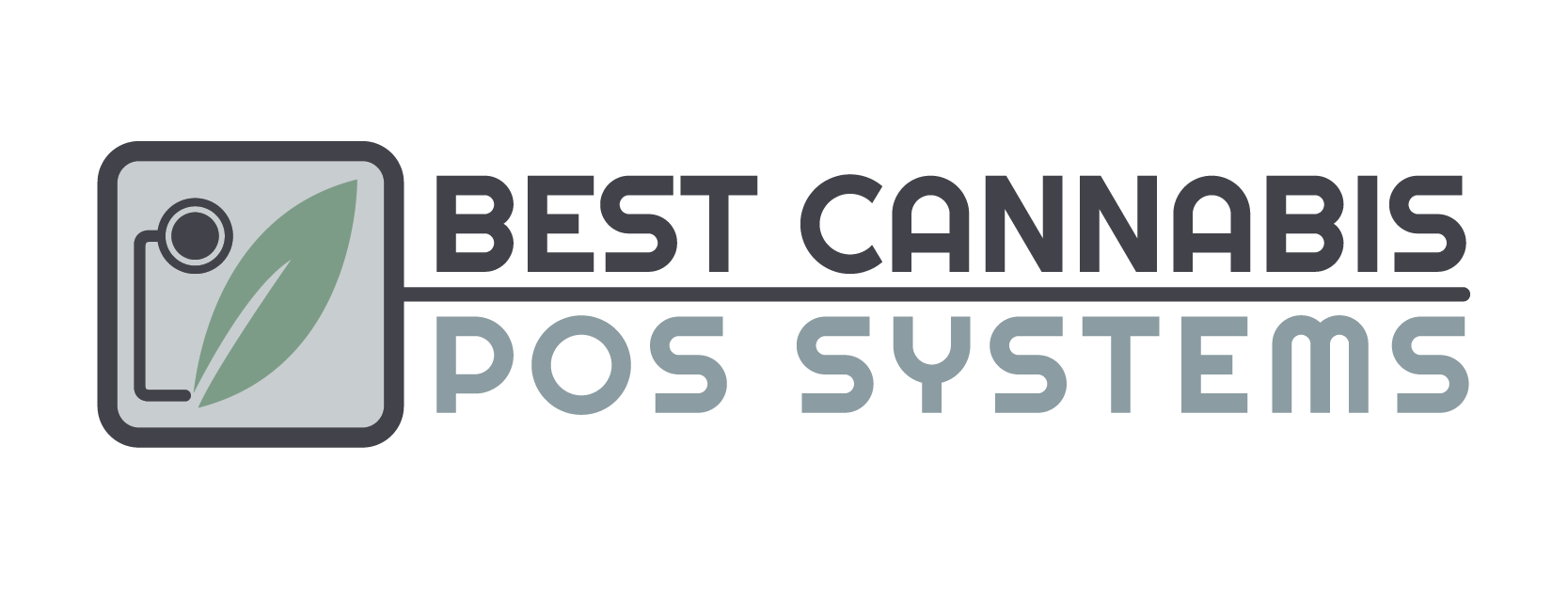Working as a budtender is more than just weighing out flower and recommending the right edible for a customer’s tolerance. It’s a front-line retail job that depends heavily on one critical piece of technology: the point of sale (POS) system. When it works, we barely notice it. But when it doesn’t? The entire operation—from customer satisfaction to compliance—is at risk. Having spent years behind the counter, I’ve seen firsthand the most common frustrations that cannabis POS systems create for staff and customers alike.
1. System Freezes and Lag During Peak Hours
Nothing kills the flow of a busy Friday afternoon faster than a laggy POS. During high-traffic hours, it’s not uncommon for systems to slow down or crash entirely. This leaves customers waiting impatiently, managers scrambling, and budtenders apologizing for something we can’t control. It’s even worse when the POS relies on cloud-based servers that struggle under the weight of too many users.
2. Poor User Interface (UI) Design
Some POS systems look like they were designed without ever consulting someone who actually works in a dispensary. Buttons are tiny, menus are buried three clicks deep, and the layout isn’t intuitive. In a fast-paced environment where we’re juggling product questions, ID checks, and upselling opportunities, a confusing interface adds unnecessary friction. We need quick, clear access to inventory, pricing, and customer profiles—not a scavenger hunt.
3. Inaccurate or Out-of-Sync Inventory
When a customer asks for a strain they saw online or in the app, only for us to discover it’s “technically” in stock but nowhere to be found in the store, it creates trust issues. POS systems that fail to sync in real-time with our inventory are a daily headache. It leads to awkward conversations, manual double-checks, and lost sales.
4. Inconsistent Integration with Rewards Programs
Loyalty matters in this industry, but when our POS system doesn’t properly link with the dispensary’s rewards app or program, it creates confusion and irritation—for both us and the customer. Sometimes points don’t apply, rewards won’t scan, or discounts disappear mid-transaction. We’re left trying to make things right while holding up the line.
5. Limited Strain and Product Information
Today’s cannabis consumers ask detailed questions: terpene profiles, lineage, onset time, and more. Yet many POS systems don’t include educational tools or product metadata beyond THC/CBD percentages. Without direct access to trusted databases, we’re stuck flipping between tabs on another device or relying on memory—which doesn’t always cut it.
6. Poor Offline Functionality
Cannabis retail often faces internet interruptions, whether due to network issues or local outages. If the POS system isn’t designed to handle offline transactions and sync later, we’re left dead in the water. That means lost revenue, manual tracking, and stress for everyone involved.
7. Lack of Customization for Dispensary Needs
No two dispensaries are exactly alike. Yet some POS systems feel rigid and inflexible, forcing us into workflows that don’t match our store’s setup or process. Whether it’s the inability to adjust tax settings, customize product categories, or streamline multi-register operations, we’re often stuck adapting to the tech instead of it adapting to us.
Final Puff
Budtenders are the heartbeat of any dispensary, and the POS system is our primary tool. When it fails, the entire experience suffers—from customer engagement to compliance and efficiency. The best systems are the ones we don’t have to think about. Until more tech companies start listening to the people actually using these platforms daily, frustrations will remain part of the job.

